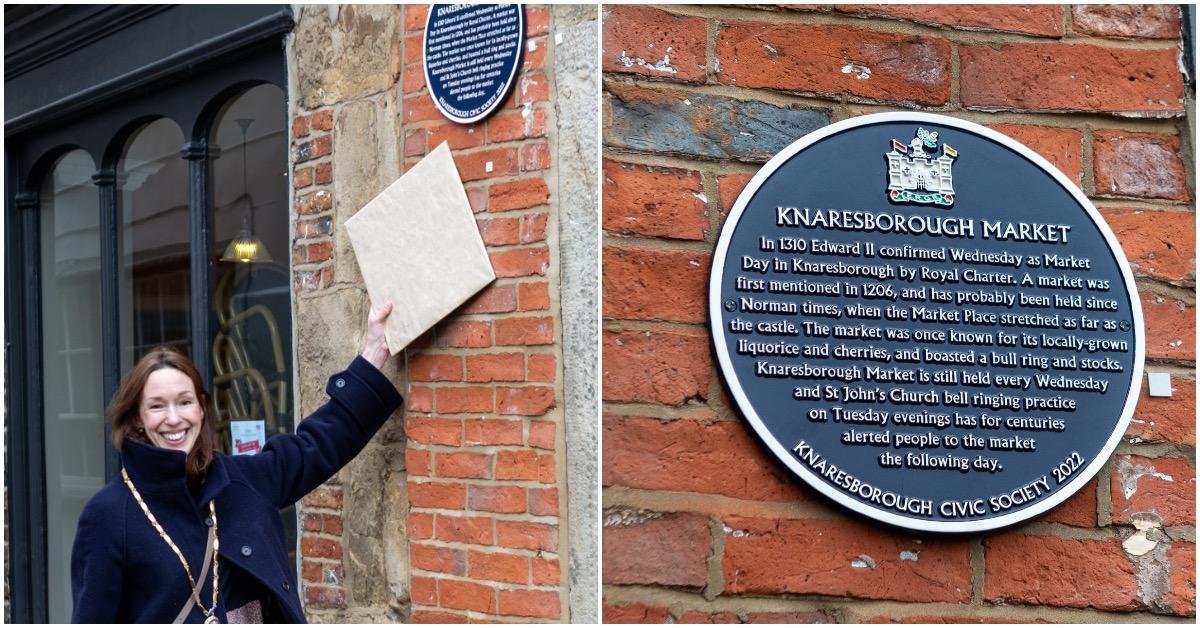Subscribe to trusted local news
In a time of both misinformation and too much information, quality journalism is more crucial than ever. By subscribing, you can help us get the story right.
- Subscription costs less than £1 a week with an annual plan.
Already a subscriber? Log in here.
24
Mar 2024
Exploring North Yorkshire's plaques and the history behind them

(Image: Gyles Rocholl)
Taking the local area for granted is something many of us can be guilty of - especially if you’re a North Yorkshire resident.
History can be found round every corner but can often be sidelined as just a small thread within the wider tapestry of a place. Connecting the present and the past is an important part of preserving local history, but it isn’t just reserved for the archives of the local library.
Across the UK, many towns and cities represent this through commemorative plaques. They offer visitors and residents alike a small window into the past, and are a valuable method for displaying history that otherwise might be forgotten.
The intention of the plaques is to mark historical buildings and commemorate individuals or businesses that had a significant impact on the area.
Chris Dicken of the Harrogate Civic Society, explained:
How does a person or place qualify for a plaque?

One of Harrogate's brown plaques
The original blue plaque scheme, run by the English Heritage and Historic England, has previously only operated in London, but announced plans in 2023 to extent the offering nationwide.
Many towns and cities already have their own versions of this scheme, often commissioned and organised by a town or area’s civic society, in conjunction with the local authority.
Harrogate currently hosts 94 plaques, Ripon has around 30 green plaques, and Knaresborough has over 20 – and that’s not to mention outlying villages which can contain their own reminder of bygone years.
But plaques weren’t always such a feature of the local landscape; in 1975, Harrogate only had two until 1983 when the council at the time installed more to celebrate 100 years of being a borough.
It wasn’t until the late Malcom Neesam, a local historian, stepped in that they become more widespread. He was described as a ‘driving force’ behind encapsulating so much of the town’s history.
Today, Harrogate Civic Society has a working group that liaises with the conservation officer at the York and North Yorkshire Combined Authority, to oversee the installation of new plaques, following a ‘fairly open-ended criteria’.
However, whether it’s a person, building or event that is being marked, there must be significant evidence to suggest a lasting impression upon the town’s heritage.

One of Knaresborough's blue plaques
Proposals can also be initiated by members of the public, and the whole process can take up to 18 months to complete, dependent on factors such as funding and installation rights.
Chris added:
A snapshot of a moment in time
The Stray Ferret has decided to focus on a different plaque from around North Yorkshire each month, and discover more about the individuals, buildings, or organisations they represent.
With this series, we want to celebrate the rich local history of the area – after all, there’s plenty to be found across North Yorkshire.
Read more:
0